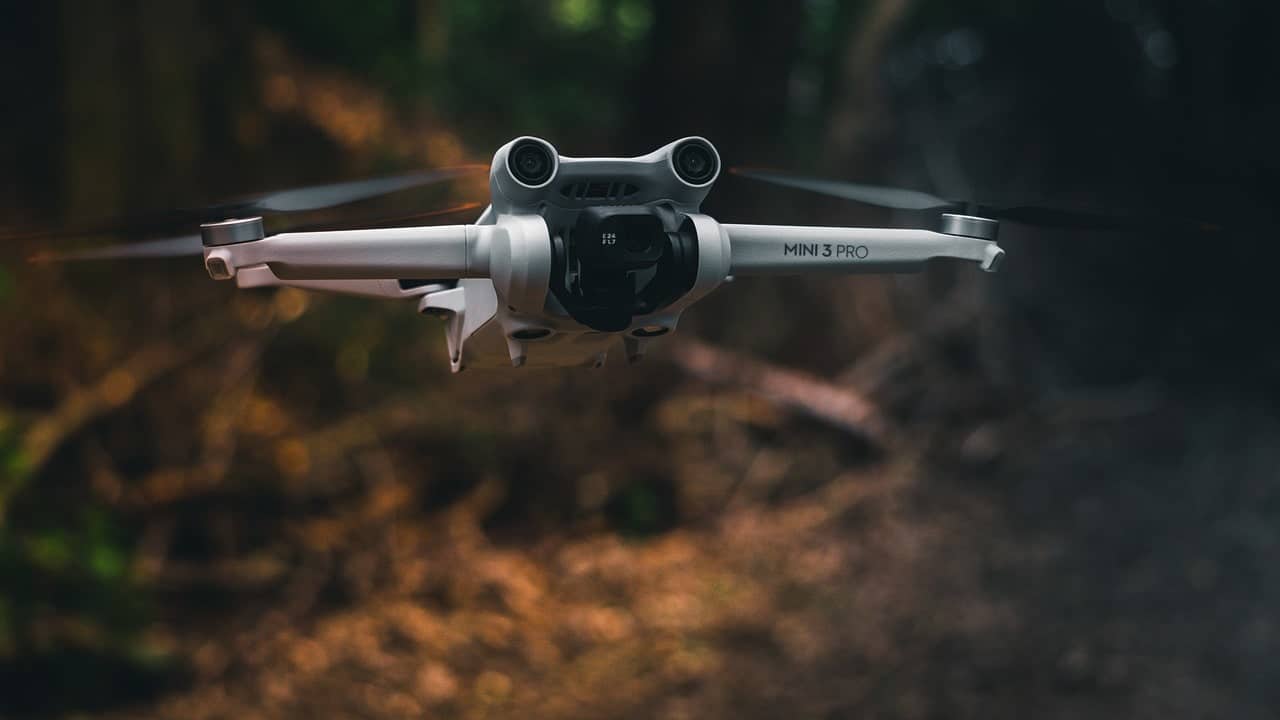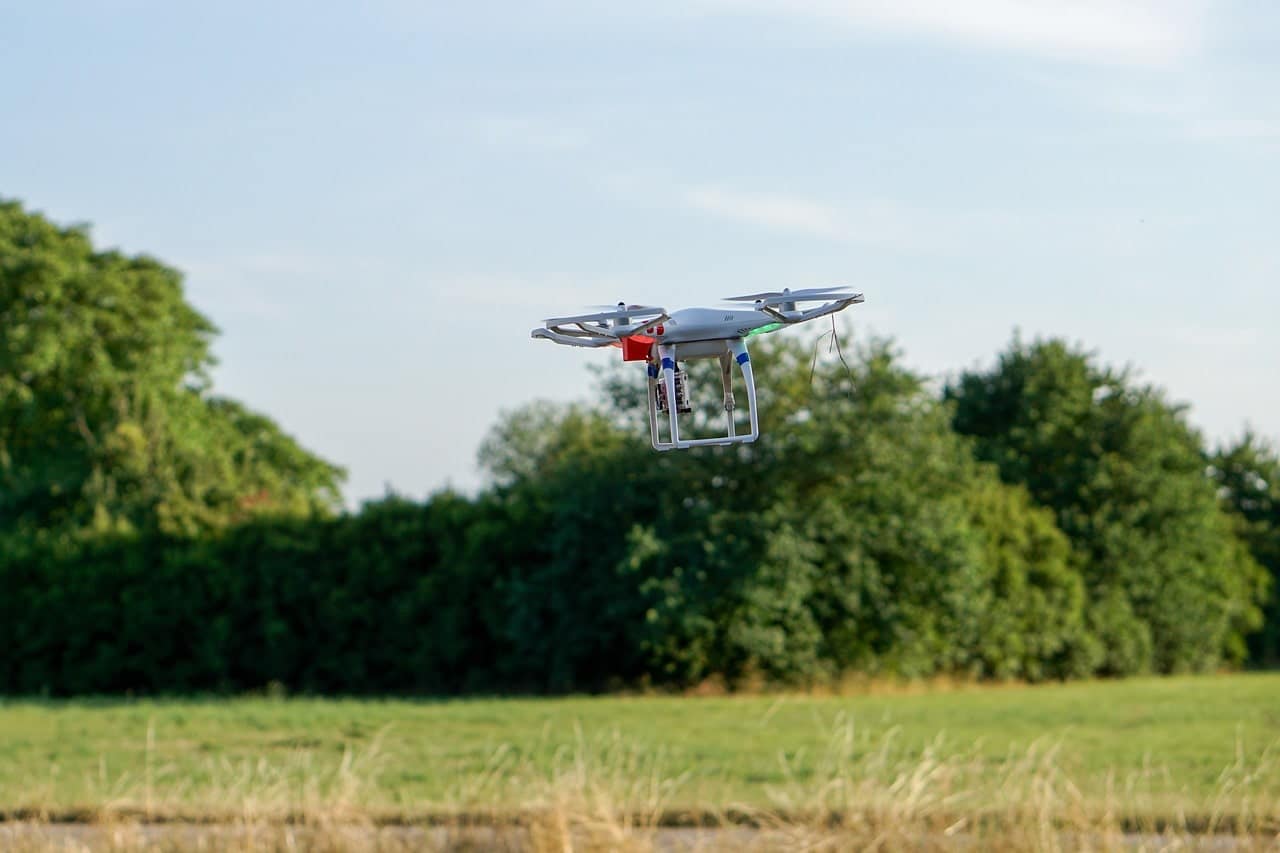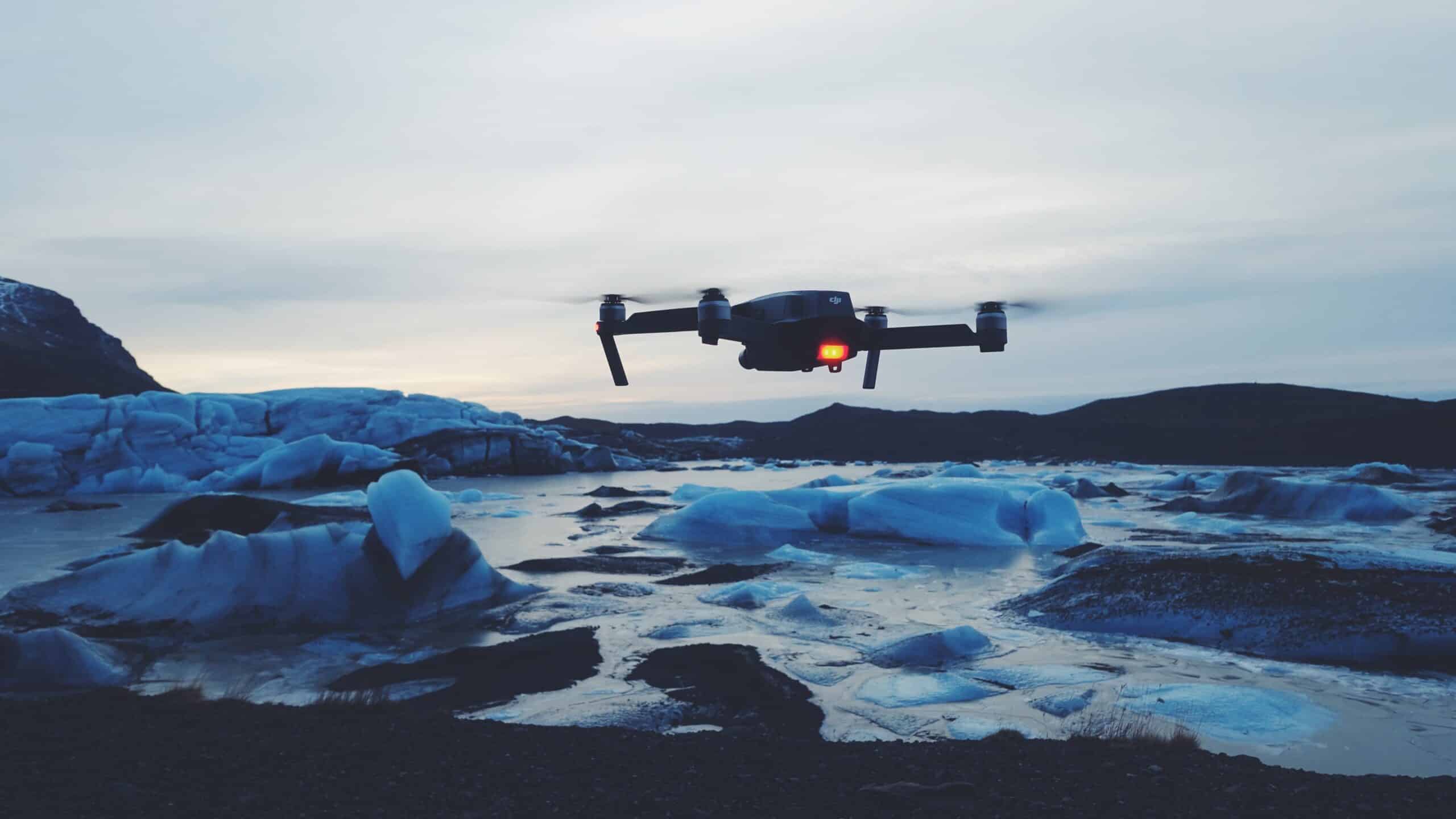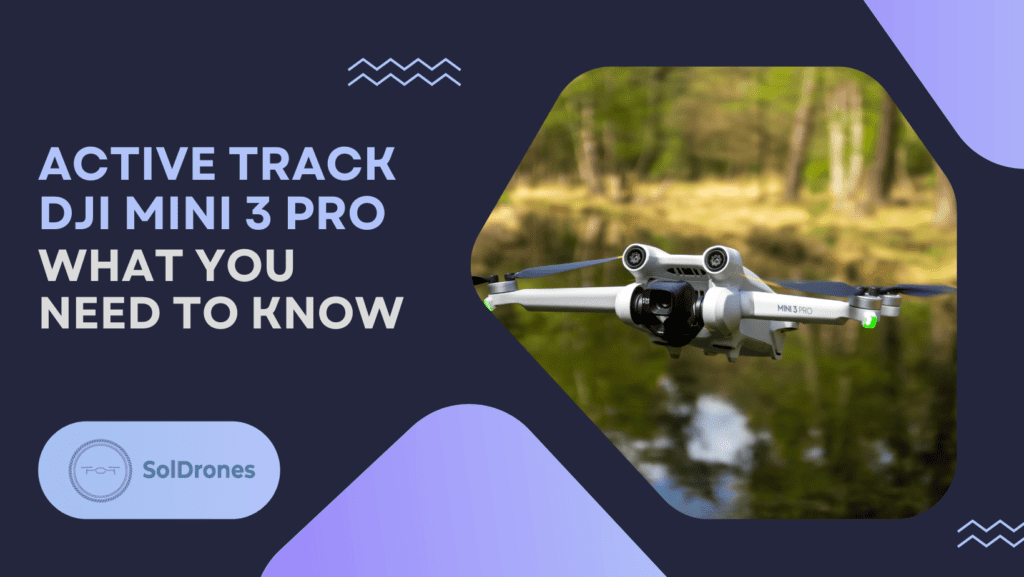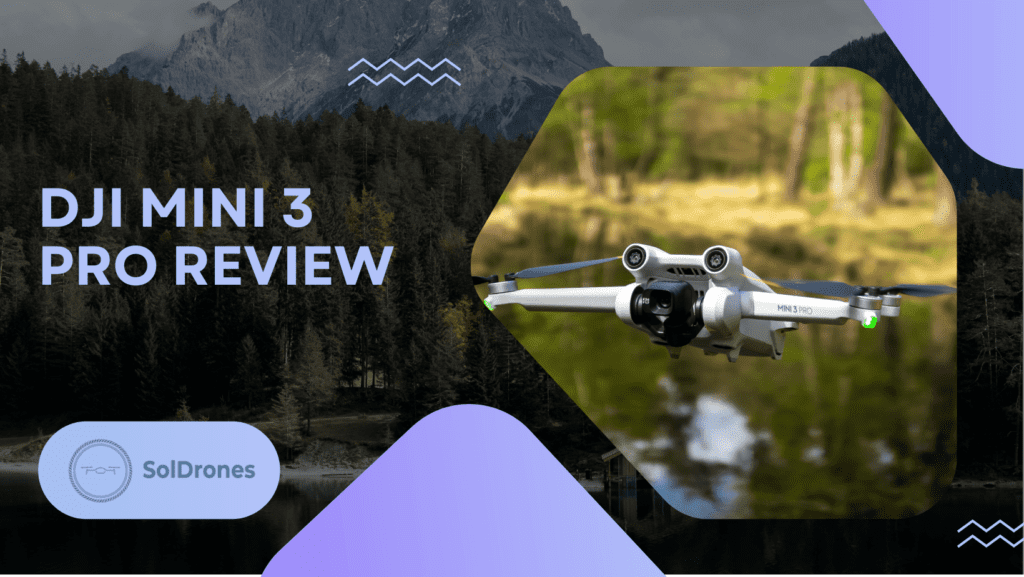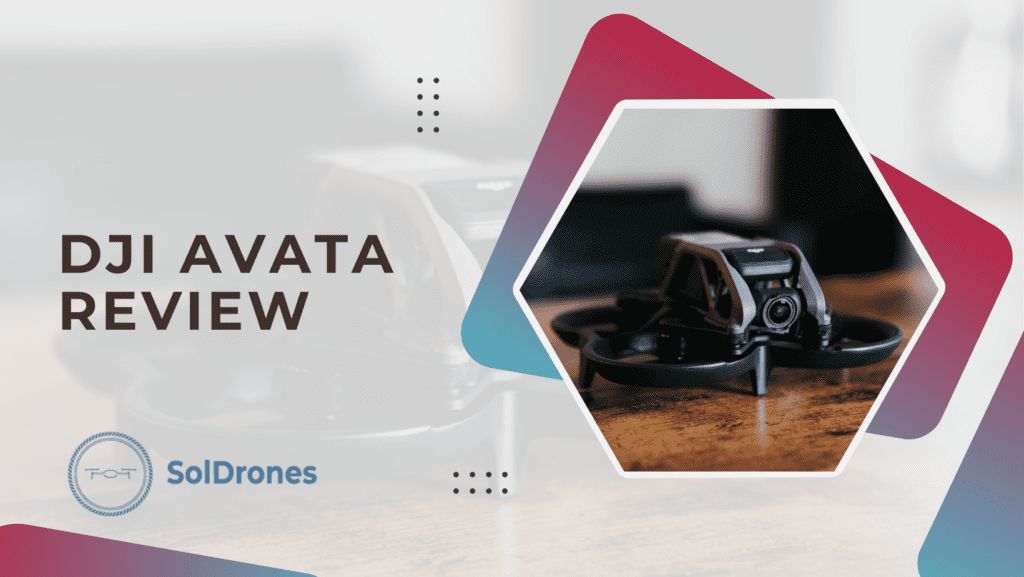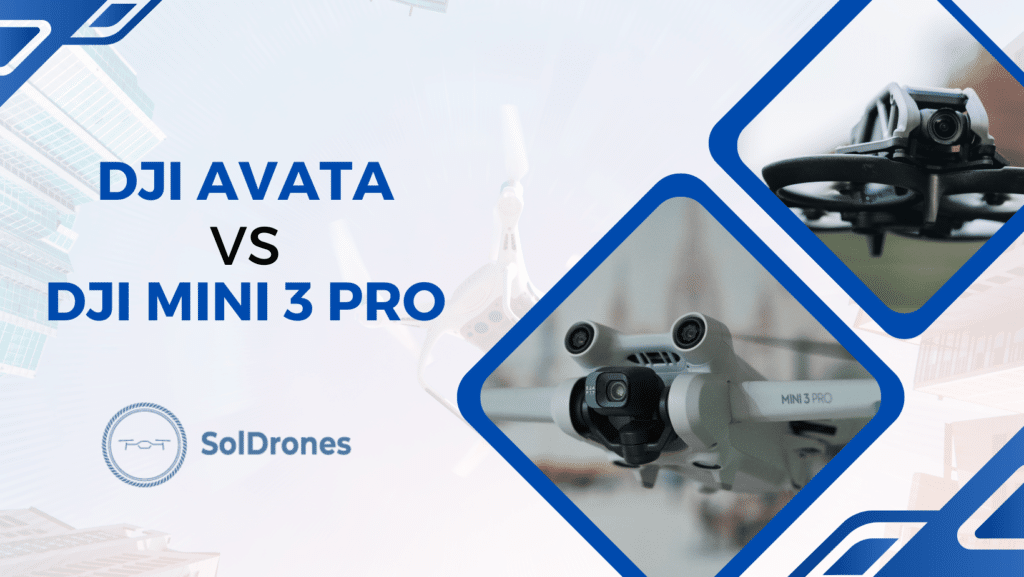Picture this: you’re running through a rugged mountain trail, and a drone is soaring above you, capturing every stride, every jump, every breathtaking panorama that you traverse. It’s like having a dedicated camera crew, flying and filming, capturing your every move. That’s what an active tracking drone can do. Its technology is not just a modern marvel but an eye-opening innovation, breathing new life into the art of photography, filmmaking, and a multitude of professional services.
Active tracking drones, often known as “follow me drones”, have an exceptional ability to lock onto a subject and follow it, keeping it in frame whilst avoiding obstacles along the way. This isn’t merely about sticking a camera on a set of propellers; it’s about embedding intelligence into a device so it becomes a reliable partner in creativity and productivity. With brands like DJI leading the way with their DJI Active Track system, the potential applications for this technology are vast and exciting.
Article Highlights
- GPS follow mode acts as the mastermind behind active track for many drones
- The DJI Mini 3 Pro is an affordable drone offering active track
- Industries are changing because of active track technology. Learn more to stay ahead.
How Active Tracking Drones Work
The magic of active track truly happens with GPS Follow Me mode for most drones, acting as the mastermind of the operation. It utilizes the satellite-based Global Positioning System (GPS), enabling the drone to lock onto and tail the controller at a specific distance and angle. This connection operates akin to an invisible tether stretching from you to the drone. However, it doesn’t just mimic your movements, it mirrors your speed, trajectory, and altitude in real-time, painting a picture of your motion in the skies. It is as if a floating shadow accompanies you, etching your journey into a digital canvas.
This system, together with AI and advanced sensors, forms the backbone of active tracking technology, creating an aerial companion capable of capturing your world from a unique vantage point.
Active Tracking Drone Features
Active tracking drones, beyond their striking aerial acrobatics, possess an array of sophisticated features designed to deliver the ultimate user experience. Let’s take a closer look at some of their key attributes:
- GPS Follow Me Mode: This mode harnesses the power of the Global Positioning System (GPS) allowing the drone to tether virtually to its controller, maintaining a set distance and angle. As the controller moves, the drone mirrors not just the path but also the speed and elevation. It’s akin to having a celestial shadow, documenting every stride you take.
- Computer Vision Algorithms: Beneath the drone’s streamlined exterior lies an intricate network of computer vision algorithms. These include object detection, tracking, and prediction algorithms that help the drone focus on the subject and anticipate its next move. This ensures a smooth, steady shot, even if the target is on the go.
- Obstacle Avoidance Technology: Active tracking drones aren’t just blind followers. Equipped with obstacle avoidance technology, these drones morph into nimble navigators, able to circumvent obstacles with the finesse of an expert pilot. This technology helps the drone avoid collisions, enhancing its longevity and ensuring safer flight.
- Adaptive Speed: Beyond mere tracking, these drones adjust their speed in relation to the subject, ensuring the target remains within the frame even if its speed changes. Whether your subject is sprinting or strolling, the drone adapts, capturing every moment.
- Active Track Spotlight Mode: This mode locks the camera onto the subject while giving users the freedom to control the drone’s movement. This dual-control setup offers the opportunity to capture dynamic, creative footage without losing track of the subject.
- Multiple Tracking Modes: Drones with active track often offer multiple tracking modes like trace and profile. In Trace mode, the drone follows the target maintaining a set distance while in Profile mode, the drone stays ahead of the subject. This gives users more control over how they want their footage to look.
- Smart Return Home: This is a safety feature that prompts the drone to return to its launch point if it loses connection with the controller or if the battery is running low. It’s your drone’s homing instinct, ensuring a safe return even if you lose control.
By integrating these advanced technologies, active tracking drones offer a flight experience that’s nothing short of magic. They’re more than just drones; they’re autonomous flying cameras, capturing your world from breathtaking new perspectives.
Best Active Tracking Drones Today
While there are many active tracking drones in the marketplace, certain models rise above the fray with their ingenious engineering and state-of-the-art features. Let’s put a spotlight on three of the top pics:
- DJI Mini 3 Pro: The compact size and featherweight build of the DJI Mini 3 Pro makes it an ideal companion for adventurers wanting to pack light without compromising on capabilities. Equipped with ActiveTrack 4.0, it’s akin to an acrobat in the sky, tailing your every move with an eagle’s precision. Its camera, boasting a 1/1.3-inch CMOS sensor, paints your journey in vibrant 4K at 60 frames per second. It’s like having your own pocket-sized film crew, ready to capture your epic tale.
- Autel EVO Nano Plus: Another gem in the world of petite drones, the Autel EVO Nano Plus combines follow-me capabilities with a light footprint. ActiveTrack 3.0 is the maestro guiding this drone, choreographing its movements to follow your path seamlessly. With its 1/1.28-inch CMOS sensor, it captures life in rich 4K at 60fps. The EVO Nano Plus transforms fleeting moments into timeless panoramas.
- Skydio 2: Pricier than its counterparts, the Skydio 2 doesn’t just follow—it dances around obstacles with the grace of a prima ballerina. Skydio’s bespoke “Intelligent Flight Assistant” (IFA) is the brain behind its agility, guiding it to both track your adventure and sidestep any barriers in real time. A 12MP camera captures your exploits in 4K at 60fps, forging memories that are as sharp as the moment they were crafted.
These marvels of technology, each with their unique strengths, bring the magic of the silver screen to your everyday adventures, making you the star of your own cinematic epic. No matter which one you choose, the world becomes your stage, ready to be captured from breathtaking new perspectives.
There are certainly some standouts when we’re talking about the best drones with active track or follow me features. DJI is a trailblazer in the field with a range of drones offering these capabilities. Also worth considering are FPV drones, blending high-speed flight with immersive views and follow me capabilities, delivering an adrenaline-fueled flight experience like no other.
But the beauty of these drones isn’t just in their capacity to deliver cinematic shots for hobbyists or professional filmmakers. Picture a farmer monitoring his crops, a search and rescue team scanning a disaster-stricken area, or a construction manager surveying a site. These aren’t far-fetched scenarios; they’re real-life applications of active tracking drone technology.
Active Tracking Drone Limitations
While the applications are impressive, it’s also important to keep in mind the limitations. Drones can sometimes lose track of their subject, especially in environments where the subject doesn’t stand out from the background. Furthermore, safety is a paramount concern. Although obstacle avoidance technology has made significant strides, it’s not foolproof. Pilots should always maintain line-of-sight with their drone and avoid flying in risky areas.
Some of the most common limitations of follow me drones include:
- Subject Detection: Active Track can struggle to maintain focus on the subject, particularly in environments where the subject’s colors and patterns blend with the background. This can result in the drone losing track mid-flight, potentially compromising the quality and continuity of the footage.
- Obstacle Avoidance: While advanced, the obstacle avoidance technology in active tracking drones is not perfect. Certain elements, such as power lines, thin branches, reflective surfaces, or fast-moving objects, can pose challenges and may not be detected in time, leading to potential collisions.
- Line-of-Sight Requirement: Despite their high-tech tracking abilities, regulations in many regions still mandate that drone operators maintain a visual line-of-sight with their drones at all times. This rule can limit the range and potential of the ‘Follow Me’ and Active Track modes.
- Battery Life: Active tracking involves continuous use of various high-power systems on the drone, including GPS, video processing, and obstacle avoidance. This can drain the battery faster, reducing flight time. Operators must plan carefully to ensure there’s sufficient battery life for the drone to return home safely.
- Weather Conditions: Inclement weather can pose significant limitations. Rain, snow, fog, or high winds can impair the drone’s tracking and obstacle detection capabilities, leading to potential loss of control or damage. It’s recommended to use Active Track mode only in favorable weather conditions.
The Evolution of Active Track
Reflecting on our journey, it’s astounding to consider how we once marveled at the simplest ‘Follow Me’ modes, which were largely GPS-reliant and required a direct controller-to-drone link. Although groundbreaking at the time, these early models struggled with issues of signal loss and lacked advanced obstacle avoidance, often resulting in less-than-smooth footage and a few too many unfortunate crash landings.
This revolution in drone technology propelled the industry to new heights, bridging the gap between utility and creativity. With the infusion of AI and computer vision, commercial drone businesses are now capturing content of unparalleled quality and dynamicity. The detailed inspection in construction, the precise monitoring in agriculture, the life-saving perspectives in search and rescue operations—all made possible by Active Track. This technology hasn’t just upgraded our drones; it’s radically transforming the landscape of commercial drone applications.
Future Advancements
In the future, we can expect even more advancements. Think of drones that not only follow a subject but understand and react to the context of the scene. Picture a drone filming a ski run that knows when to zoom in for an action shot and when to pull back to capture a scenic panorama.
As artificial intelligence becomes more sophisticated, drones will continue to push the boundaries of what is possible.
Active tracking drone technology has taken the world by storm. Whether it’s for capturing adrenaline-fueled adventures or helping farmers manage their crops, these airborne wonders are making a substantial impact. And remember, every great drone pilot knows their craft inside and out. So next time you fire up your DJI Active Track drone or any other follow-me drone, remember the sophistication and innovation you hold in your hands. Keep exploring, keep pushing the boundaries, and most importantly, keep flying.
Final Thoughts
Active tracking drones have remarkably transformed our perception of the world, opening up exciting opportunities for various industries. As we appreciate these high-tech marvels, we must also recognize their limitations, thereby ensuring safety and responsible usage. Reflecting on the technological journey from simple ‘Follow Me’ modes to today’s autonomous drones, we find ourselves eager for the future. The potential applications for industries like filmmaking, agriculture, and search and rescue are astounding, shaping our world in real time. As we gaze towards the horizon, it’s clear that the drone industry offers untapped business opportunities. So let’s continue exploring this fast-paced, dynamic field, and see what the future skies hold.
FAQs
What is an active tracking drone?
An active tracking drone, often referred to as a “follow me drone”, is a drone capable of locking onto a subject and following it while keeping it in the frame and avoiding obstacles. It achieves this through a blend of technologies like GPS, AI, and advanced sensors.
How does the GPS Follow Me Mode in drones work?
GPS Follow Me Mode utilizes the satellite-based Global Positioning System (GPS) to lock onto and follow the drone controller at a specific distance and angle. It essentially creates an invisible tether between the drone and the controller, mirroring the controller’s movements, speed, trajectory, and altitude in real time.
Which are some of the best active tracking drones on the market?
Some top active tracking drones include the DJI Mini 3 Pro, Autel EVO Nano Plus, and Skydio 2. Each of these drones offers advanced tracking capabilities, along with high-quality image and video capture.
What are some limitations of active tracking drones?
While impressive, active tracking drones do have limitations. They can sometimes lose track of their subject in environments where the subject blends into the background. Their obstacle avoidance technology, though advanced, isn’t foolproof. Regulations often require that drone operators maintain line-of-sight with their drones, and the power demands of active tracking can lead to quicker battery drain. Weather conditions can also pose challenges.
How has active tracking technology evolved and impacted the commercial drone industry?
The evolution of active tracking technology, from simple ‘Follow Me’ modes to today’s AI-driven tracking systems, has had a significant impact on the commercial drone industry. The technology has enabled high-quality content capture and improved functionality in various fields, from agriculture and construction to search and rescue operations. It has effectively bridged the gap between utility and creativity.

